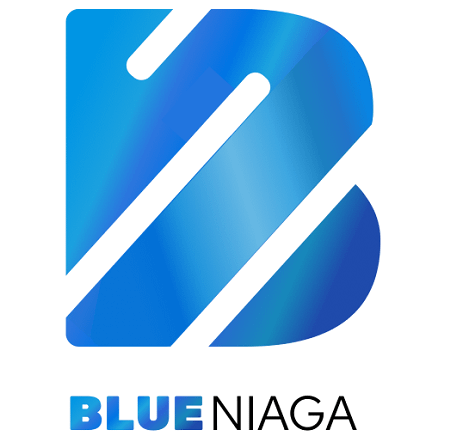Thinking about diving into UI design tools? You’re in the right place! With the ever-evolving landscape of web design, having the right tools at your fingertips can make all the difference between a good interface and a great one. In this article, we’ll explore some of the top UI design tools every web developer should consider adding to their toolkit to streamline their workflow and enhance their creativity. By the end, you’ll have a clearer understanding of how these tools can help you craft stunning and user-friendly websites.
Understanding UI Design Tools
UI design tools help web developers create visually appealing and functional user interfaces. They facilitate various tasks, from wireframing and prototyping to design collaboration and usability testing. With the right tools, developers can save time, improve design accuracy, and ultimately deliver a better user experience.
The relevance of UI design tools has never been greater. As the demand for intuitive, aesthetically pleasing web applications continues to rise, the need for developers to master these tools becomes undebatable. Let’s delve into the features that are essential and look at the tools themselves.
Essential Features to Look For
When it comes to selecting UI design tools, you’ll want to keep a few key features in mind:
Must-Have UI Design Tools
Now, let’s dive into some of the top UI design tools that can enhance your web development projects.
1. Sketch
Sketch has gained immense popularity among UI designers, particularly for web and mobile design. Its vector-based approach makes it easy to create scalable graphics and layouts. Some of the features that set Sketch apart include:
Although Sketch is primarily designed for macOS, its flexibility makes it an industry favorite, and it has improved response times in recent updates, making it more adaptable for mobile networking and cloud access.
2. Figma
Figma is a web-based design tool that excels in collaboration, making it a go-to for teams working on UI design together. Features of Figma include:
Another highlight is its cross-platform accessibility; since Figma runs in browsers, you can use it on any operating system.
3. Adobe XD
Adobe XD is part of the Adobe Creative Cloud suite, making it a strong contender for those already using Adobe products. It’s designed for modern UI/UX design and boasts features such as:
With a familiar interface for seasoned Adobe users, XD continues to see regular updates that add powerful functionalities.
4. InVision
InVision focuses on prototyping and collaboration, offering powerful tools for designers looking to present their ideas effectively. Key features include:
It’s especially useful for remote teams, helping keep everyone on the same page with their visual projects.
5. Axure RP
Axure RP is a robust tool for wireframing and prototyping that caters to complex design structures. It is particularly helpful for large projects requiring detailed planning. Some of its features are:
Although it may have a steeper learning curve, powerful features make it a go-to for larger teams needing effective project management.
6. Marvel
For those seeking a fast and straightforward prototyping tool, Marvel fits the bill perfectly. It’s designed to be user-friendly while providing the essential features needed for effective prototyping:
Ideal for startups or smaller teams, Marvel excels in delivering a quick turnaround on prototypes.
The Importance of Collaboration in UI Design
In today’s environment, collaboration is more important than ever. Whether you’re part of a large team or a solo designer, working in tandem with others helps refine ideas and improve the end product. Here’s why collaboration is crucial in UI design:
Design tools that encourage collaboration, such as Figma and InVision, ensure that feedback is easily documented and can be rapidly integrated into the design process.
Staying Updated on UI Design Trends
The world of UI design is constantly changing, and so are the tools available to help you stay at the forefront of your craft. To maintain a competitive edge, consider the following strategies:
By staying informed, you’ll be able to pick the best tools that align with your design philosophy and project requirements.
Conclusion: Embracing the Right Tools for Your Design Journey
Selecting the right UI design tools is crucial for web developers looking to enhance their projects. Whether it’s for prototyping, wireframing, or collaborating, the tools you choose can significantly impact your design process and final output. Remember, keep your specific needs in mind and don’t hesitate to experiment with various tools to find the perfect fit for your unique style.
Becoming proficient with these tools can open doors to new possibilities and creative avenues. Happy designing!


